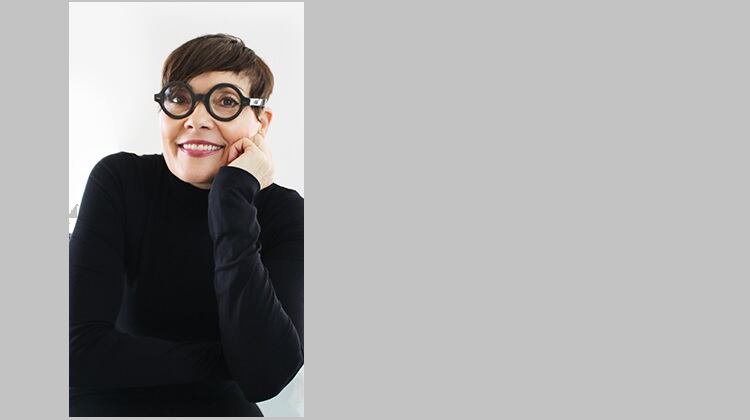Indie brands in both the US and Europe enjoy a “stronger base and presence” and display “faster growth”, while their Asia-Pacific counterparts are also showing “gradual growth”, explained Sharon Kwek, Senior Innovation and Insights Analyst, Beauty and Personal Care, Mintel.
Touching upon the strong relationship and perceived driver of indie brand’s route to growth, Kwek revealed: “Millennials and indie brands tend to go...hand in hand.” And in fact, consumers may even actively choose indie brands purposefully over household names.
Millennial consumers
The millennial generation embrace and respond to new innovations and technological releases; having grown up with the rise of the internet and the birth of social media and apps.
Ingrained in the millennial mindset and behaviour patterns is the utilisation of online to gather information, access advice and learn about emerging trends. Consumers are using digital to interact with millennials through online stores, reviews, social media and blogs.
E-commerce giant, Amazon, unveiled its store dedicated to independent brands to embrace exclusive niche items new to the market.
Is it one size fits all?
The short answer is no. There are shifts and behaviour differences within the millennial demographic. Take the the selfie culture, a behaviour perceived as synonymous with the younger generations, for example.
While 24% of the ‘older’ millennial set (those born between 1980-1989) in the UK report taking selfies, this shoots up to 41% of younger millennials (those born between 1990 and 1999). This suggests that brands need to pay careful attention to the profiles and personas of millennial consumers.
Global market research company, Mintel, emphasises the importance of repositioning and redefining beauty when communicating with customers, and “stop targeting consumers based on their age, gender, or body type".
However, there is also research to indicate the younger generations actually identify with a brandless marketing campaign and respond to the “negation of ‘brands”. Shoppers are, therefore, “more inclined to get closer to a single product rather than creating a bond with a brand”, Big Now’s Hello Beauty report revealed.
Millennial and iGeneration beauty lovers are driving “the birth of the first brandless lines, good quality unbranded products at a good price”, it observed.
iGeneration crowd
Quick on the heels of the millennial generation, is the iGeneration. Typified as being strongly influenced by millennial product choices, lifestyle option and priorities — yet with less purchasing power — indie brands are quickly noticing the power that the iGeneration audience base possesses.
"2018 will be the year of Gen Z", Big Now’s ‘Hello Beauty’ report revealed, and in 2018 is a target audience that indie brands cannot afford to ignore. By 2022, the global beauty market is tipped to reach $430 bn (€349 bn).
So as we move to the future and evolution of the beauty and personal care space, it’s up to brands to work out how they can best leverage their identities to gain share of this digital “purchase anything” era and appeal to the iGeneration, otherwise known as Gen Z.
Emotions in advertising
Shying away and actively opting out of adverts that dictate the hard sell, 56% of this consumer base favour adverts that are subtle, covert and entertaining.
Emoticons and emojis are popular and engaging forms of communication methods among the iGeneration, with several campaigns such as Chevrolet's emoji-filled press release, product launches and fun blogs highlighting the power of emojis.
Our attention spans online are shorter and so consumers are more selective about the type of content they engage in.
Minimalism, simplicity and the ultimate less is more approach to beauty are popular with the teen group. Marrying traditional health and wellness advice with modern touches are also high on the list of consumer preferences as brands seek convenience and portability.
In the premium beauty space, brands need to adopt a consumer-centric view that depicts luxury as a all-encompassing high-end experience, rather than promote the individual features of the product. The brand as an entity, which includes its story, vision and values surpasses the importance of promoting product descriptions.



